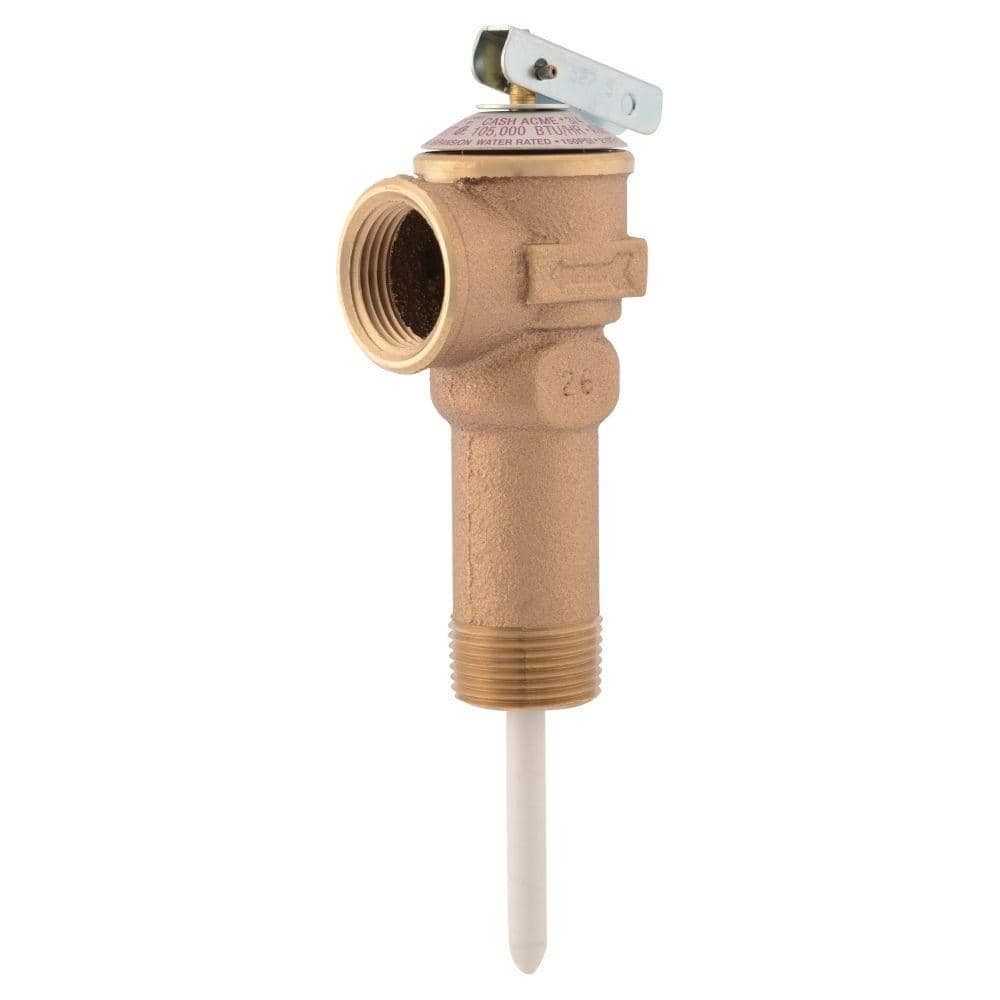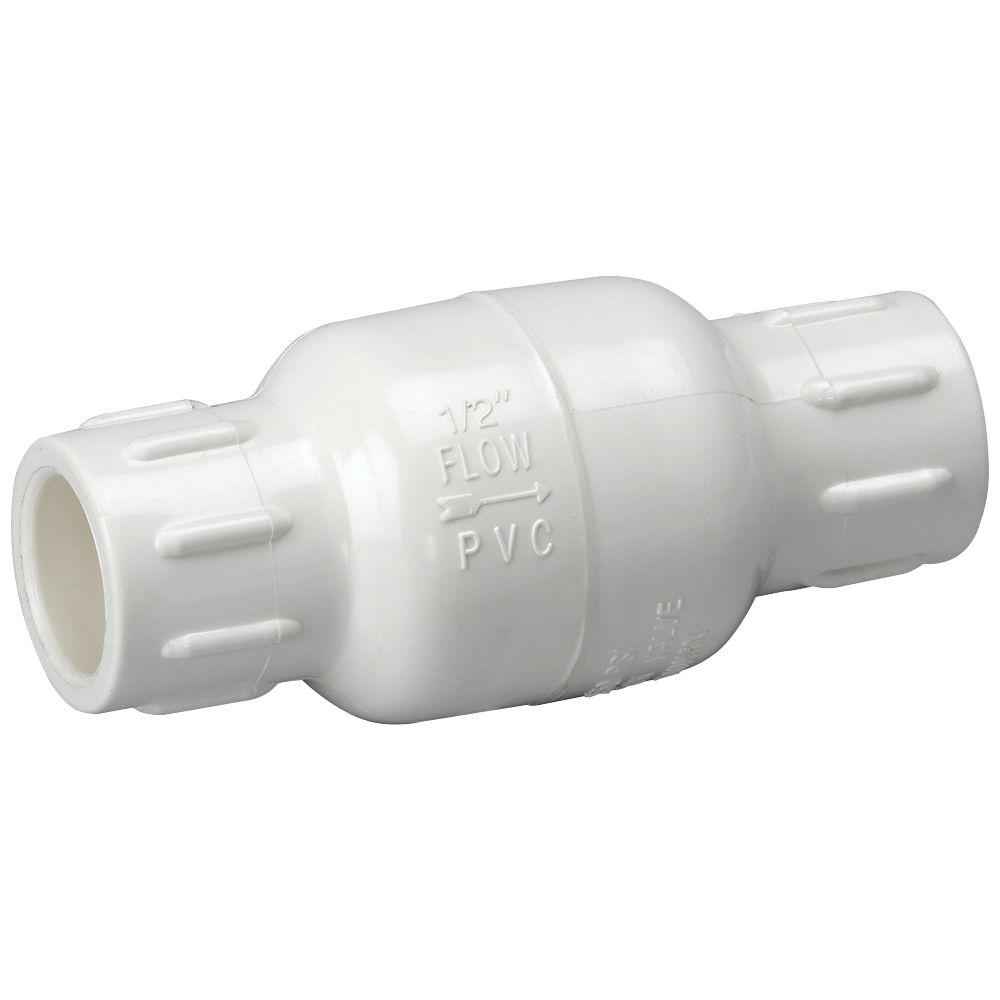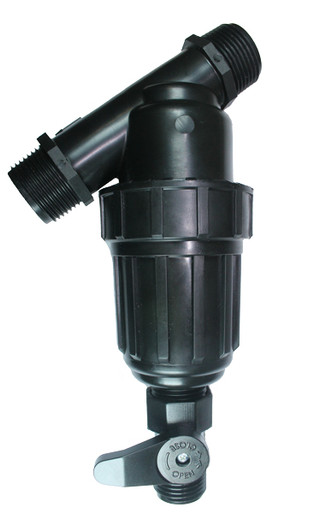First of all the way I have it drain still has maybe 1 " of water before it can roll into the balkhead I can't think of anyother way unless I just drill few wholes in the bottom and then let that drain into a sip tray same concept how @Wastei has the 2 bucket setup same concept it can be pumped out bottom tray
Water in the bottom isnt a fatal flaw. Roots that end up there will just be smooth roots. if you the double tray thing, line the bottom of the chamber with fabric or the roots will just spill through and grow right down to the other tray. They will even grow through the fabric if there is enough humidity in the lower section. Be sure it has lots of air flow so the roots air-prune.
that brings me to another thing I was noticing when I opened the lid to look at the roots it felt stagnant too humid if there is a such thing but it felt like it should be aired out if u know what I mean
Thats bad. The chamber absolutely need fresh air or you could have an anerobic situation = bad bacteria. More importantly, the entire point of doing HPA or AA aero is the AIR part of aeroponics. Roots need oxygen, so you absolutely do need fresh air constantly being refreshed.
Doing that with plastic root chambers is not easy and I believe thats one reason many HPA setups fail.
So that brings me back to what you told me from the start I should make the chamber out of breathable meterial, ya I think that's the way to go , so now I am trying to still possible use the plastic tote but some how vent it with the fabric from the fabric pots Idk if it would even work I'm trying to wrap my head around what a breathable chamber looks like can I build it with PVC frame and wrap it with fabric but then how do I build foam around it ? I read some of older post and I think u said to build walls around the outside and fabric liner on the inside but I guess I can't visualize it in my head I don't know how u make the gap there! Anyway this has been a awesome learning experience and I can't wait to be able to give my brother some of the best medicine he can get he deals with rheumatoid arthritis it helps his inflammation so much better than any doctor can give it's amazing the power of the plant lol
I use fabric pots. Most of them are rather shallow, so I cut the bottom out of one pot, then hot glue that to the top of a second pot to get the height I want. Im using 2ea 30 gallon pots to make my 56 gallon chamber. Its 24" in diameter x 29" tall IIRC. Those pots come in all sizes, so you can pick what ever fits your space.
Here is how I would do it using chambers like mine at 24" diameter. You could just build a cube out of PVC pipe. If you use pots that are 24" in diameter, that means the circumference = 2 x 3.14 x 12 = 75". Make the frame 75/4 = 18.75" on a side. Then attach the fabric to the PVC. Then build a 1" thick foam box a little larger on all sides, but the same height. Use the same foam for the lid if you are growing autos. You may need to reinfoirce it of growing larger plants.
Then, if this is inside a grow room, just use a small fan like maybe a 4" computer fan than blows air into the chamber. Use an Inkbird temp controller to turn the fan ON/OFF based on temps. You want the root chamber to stay at no more than 70F on the INSIDE.
Each root chamber should be at least 16"-18" deep minimum. My 29" is probably excessive for HPA nozzles.
If you need more than one pot to hold more plants, they could be built into a long section all enclosed by the same foam 'box', but it will be better for temp control to have each one with its own fan and controller. It will cost more for controllers and foam though. Probably 4 modules in a square shape could all use a single controller and fan.
You will need a catch basin of some sort under each chamber to catch runoff and a way to dump or pump them out. I use a plastic water heater drain pan. They come in lots of sizes. This one will work for a 24" chamber. The water only drips out in the center. If need be put a small weight in the center of the fabric pot to form a dip.
edit : forgot to mention I played around with the regulator I purchased and you can’t dial the out put past 65 psi at the nozzle sucks that they don’t give u that little detail before u purchase and wait 3 weeks buts it’s ok I’m still using it I like that stopped the squirt after it’s shuts off gives more uniformity in the entire system there’s no more fluctuations in pressure to me that is actually a good add on just need to look for a better Regulator they are hard to find and the ones I do find are like 50-60$, just gotta keep looking but for now I’m going to go with it and see where it takes me I know droplet size is bigger but it’s that or I have it going from 110-85psi maybe I should just let it idk anyway I’m going to run with it for now until it’s replaced
Interesting. I used that regulator and ran my HPA nozzles at 100 PSI with out issue......oh wait. I had to modify it. Hmmmmm. now I cant remember what I did. It involved the spring used to control the pressure. Let me see if I can find the darn thing and take it apart. Im thinking I had to put a washer under the screw to increase the pressure, but let me check.....
Last edited:


















